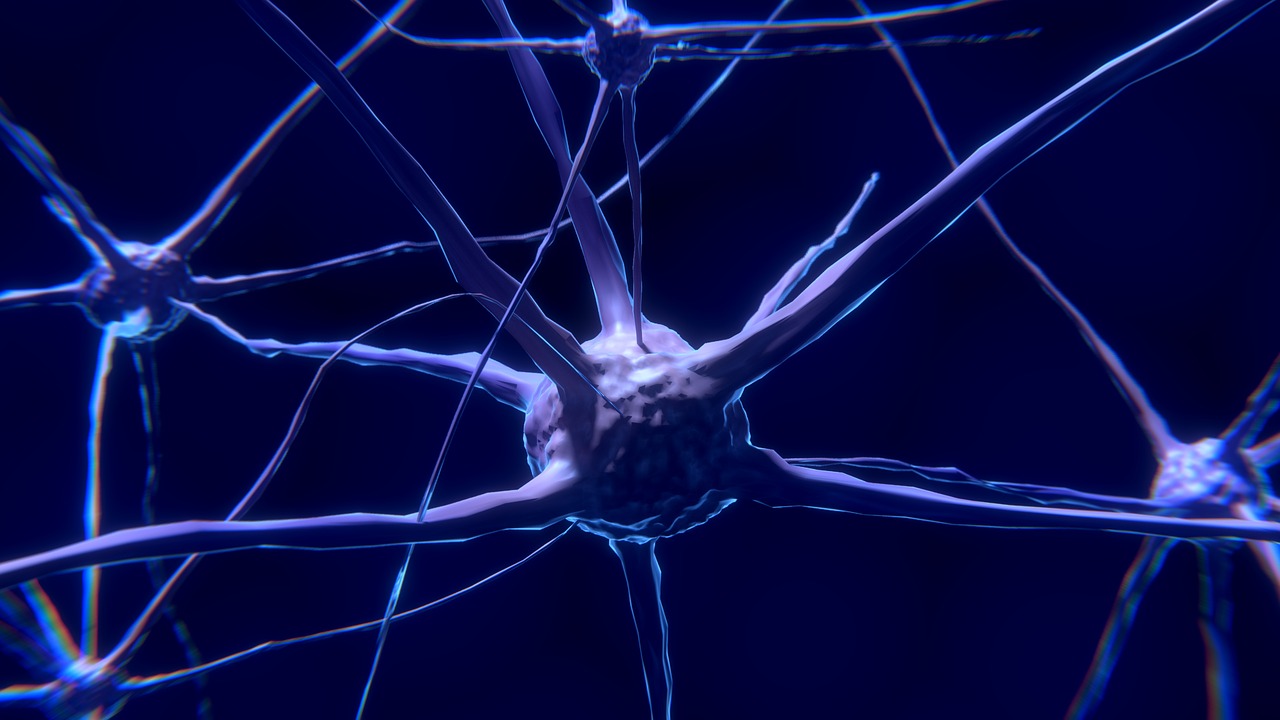Summary:
Hungry brain, how we create our imaginary world through electrical impulses
Do we really understand what neuron is, leave alone mimic and develop an artificial intelligence?
Grandmother (or Jennifer Anniston if you prefer) cell and distributed representation theory
The buzz around Artificial Intelligence (AI) and Neural Networks (NN) is constantly growing. There is something romantic about the notion of being able to replicate human thinking. Have we really begun to imitate our brains? And more importantly, do we really know our brain?
That 3-pound mass of the brain, which makes us intelligent (aka sapiens), is highly unimpressive if you could take it out and hold it in your hands and inspect. It’s just a dense cell mass that can’t even feel pain, but quite needy and hungry. Like that heater or air conditioner hidden away in your home, which gives you heartburn every time you got to pay the power bill.
But at the individual neuron level, the scale gets beyond comprehension, genuinely galactic. They easily dwarf the densest nano-chips. The human brain has 10^15 connections and contains roughly the same number of neurons as there are stars in the Milky Way, around 100 billion. An interesting article on mapping the brain, we are barely scratching the surface.
This massive scale of numbers makes one to get lost as to what’s out there and in the head is easy. Reminds us of the Indian philosophical Advaita/Dvaita conflict. This beautiful Kannada articulation (vachana) of this idea is loosely translated to ‘are you within the expanse, or is the expanse within you?’.
Nobody knows yet how our brain creates this vivid perception of life. Really, the world out there is dull, colorless, and noiseless. No beautiful purple ivy is out there, or the comforting feel of your furry pet, or the heady scent of your partner that you got a huge crush on. It is all made up by this wicked grayish mass, getting electrical signals from strict 24/7 vigil it keeps on its trusted lieutenants, our five sense organs. And some really, really creative imagination. Disappointing? It was for me, at least. How unromantic!!
Well, then how does this even begin to make sense? We don’t know this great mystery of the brain or how it works exactly. Then what about AA and NN? A quote from a master in the field is quite revealing:
From <http://www.turingfinance.com/misconceptions-about-neural-networks/>
So the buzz about AI is really like, a star that inspired a caveman to scribble five-pointy scratches to represent the star!!
This is where it gets interesting. There are two extreme representations of the human neuron. The fancy one is called grandmother cell theory (aka Jennifer Anniston neuron). Really!! The assumption is that the individual neurons are sentience beings; like they can know and perceive your grand-mother. Or, for that matter, Jennifer Aniston, even though there are a world apart complexities (and complications!) involved in perceiving them both.
The other theory is more mathematical-sounding, the distributed representation theory. This school thinks that the neurons are much more simple beings like amoeba. Complex comprehensions like trying to make sense of your spouse or their mother require distributed and concerted efforts across very many of them. Feels more like it when you think of the effort to understand your spouse?
Unglamorously, this theory is the one that loosely inspires the NN. Neurons in NN are simple mathematical constructs that convert your observations into binary yes or no, then pool their errors. This error, rather squared error, is then distributed using partial derivatives back to them to better their act of prediction in the next round. Sounds complex? But it is way less complicated than some of the actuarial maths that we endured to qualify. In their defense, done zillion times, these simple constructs are beating humans in sensory comprehension, especially at the sound and visual inferences.
I leave a more philosophical thought with you to ponder. Is it also why we seem to get ‘distributed intelligence‘ right, but not yet figured even an iota of ‘conscience‘?
Simple constructs that add up to make sense of simple perceptions (not value judgments) are good for us. But it could really be those Jennifer Anniston minions leading to conscience or making us sapiens? Do they behave democratically, like voting for what they conjure up? Some psychological constructs postulate that we have multiple mental selves, and it’s a dog fight up in there to rule. All bullying and deal-making take place like in a real-life democracy. Remember the story of the wolfs, the one you feed gets stronger?
Reading through ‘Life on the Edge’ by Jim Al-Khalili and Johnjoe McFadden, I feel the eerie comparison with quantum computing. Both are set in the probabilistic world. Nothing that we perceive/intuitively understand today’s world makes sense at the quantum level. But then, if neurons live in a possibilities world and quantum computing harnesses the uncertainties, will that be the beginning of touching the conscience?
We never know; in my lifetime, I might witness a quantum construct or networks closer to fancy Jennifer Anniston minions.
